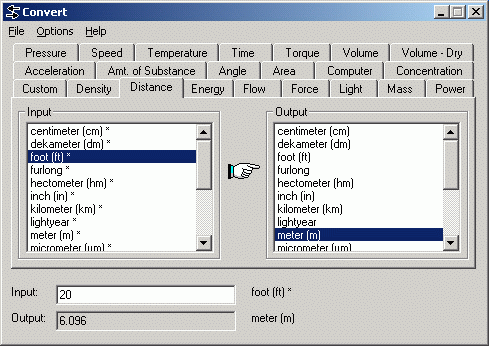DESCRIPTION OF A VARIABLE SUPPORT HANGER
Variable support hangers are used to support components (e.g. pipes, vessels, etc.) that experience vertical movement due to thermal expansion. Unlike constant support hangers, the variable support hangers are used where the supporting components have the capability to withstand load variations of up to 25%.
The vertical movement is accommodated by a compression spring coil (or stack of coils in series) which is pre-compressed to an initial load setting. During operation, the supported component will travel through its specified movement and the coil(s) will be compressed/decompressed to the final load setting. This difference, or variation, in loads between the initial setting and the final setting gives rise to the term “variable” spring support.
A maximum variability factor of 25% has been established by MSS to limit the load differential which may be prescribed in a variable spring support. The variability is a ratio of the change in load compared to the final load. When prescribing variable spring supports, attention must be given to the spring rate and the desired amount of travel to insure the variability factor remains below 25%.
The movement of a variable spring hanger rod supporting a load is animated in the video clip. The initial load position is designated as “cold position”in the animation. As the load moves upward, the spring is decompressed to the final load position designated as “hot position”. The load difference (variation) is produced by the coil’s change in compression multiplied by the spring rate. The change in compression of the coil causes a direct change in the supported load as seen at the hanger rod.
DESCRIPTION OF A CONSTANT SUPPORT HANGER
Constant support hangers are used to support structures (e.g. pipes, vessels, etc.) that experience vertical movement due to thermal expansion. The constant hangers provide support at critical locations of a structure such that the temperature dependent deformation of the structure does not produce any excess stress in the structural system.
Theoretically, a constant support provides a constant force on the structure so that it does not experience any extra resisting forces from the support. However, in reality, complete constant load reaction is not possible. That is why the MSS standard allows a maximum tolerance of 6% of the constant load throughout the entire travel range.
Constant resistance to a moving load is achieved by balancing the moment of the moving structure by the moment produced by the force of a compressing/decompressing spring about a common pivot point.
The movement of the constant hanger rod, supporting a load, is animated in the video clip. As the hanger rod connected to the cam moves down (or up) on the left hand side, the spring on the right hand side is compressed (or decompressed) by the spring rod.
Here, the moment of the external load acting downward along the hanger rod varies as the supporting pipe moves (down or up). The variations of the moment (due to changing moment arm length) of the moving external constant force is balanced by compressing (or decompressing) the spring with the lever arm about the same pivot point.
In designing a constant support hanger, minimum variation of the load is optimized via selecting the proper arm lengths of the external force and the spring force, and the spring constant for a given total displacement of the external load.
Backlink: http://www.pipingtech.com/technical/vid/function-of-spring-hanger.html
Rumah maya tuk menyimpan hal-hal yang ringan dan terbuka buat siapa saja. Disini anda bisa mencari dan berbagi apa saja , ilmu, hiburan, musik, ebook dll. (Konten ini diambil dari berbagai sumber internet public domain. Jika ada keberatan, konten yang melanggar hak cipta, beritahu kami. Kami tidak akan ragu menghapusnya.
DALAM BAHASA SUNDA
Sabtu, 12 Februari 2011
Selasa, 08 Februari 2011
Langganan:
Postingan (Atom)
